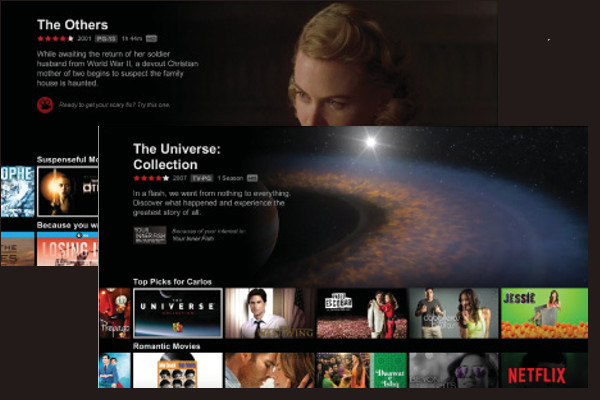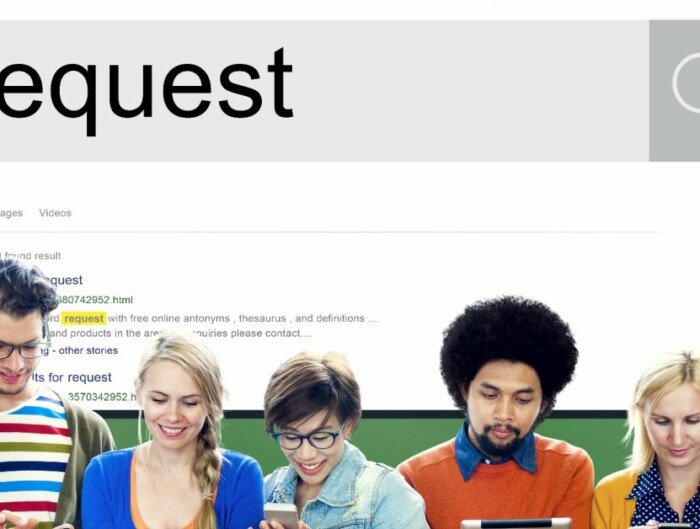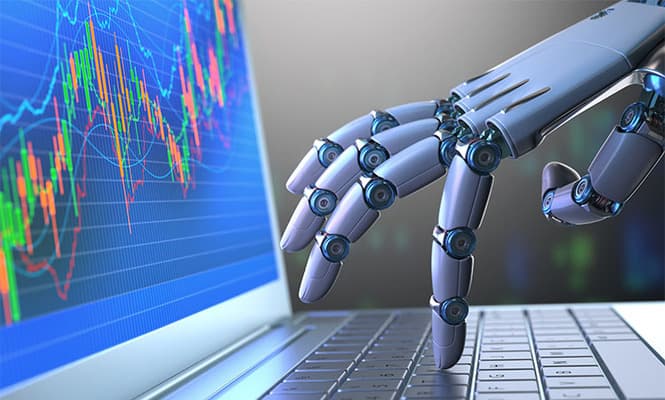
Choosing is an expensive task (in terms of time and mental energy), so people tend to decide quickly what they want to do. Often, if they do not find what they are looking for right away or do not receive the right stimuli, they abandon the venture.
It is based on this assumption that giants such as Amazon or Netflix have developed recommendation algorithms on products and services, with the goal of keeping consumer engagement high by allowing consumers to easily discover products of their interest.
Help me make decisions
As Jeff Bezos says “We don’t make money when we sell things. We make money when we help customers make purchase decisions.“-trans. “We don’t make money when we sell products. We make money when we help customers make purchase decisions”- and this is as true as ever: the user experience is better if the decision time is also reduced, so much so that we talk not just about customer journey but about decision journey. Users, as Gianluca Diegoli explains well in this post, with their now fully trackable behavior, “release” enough data to expect personalized experiences. So this is what artificial intelligence algorithms are for: to propose the most interesting content for the individual customer, with the sole aim of making the process of choice fluid (thus, among other things, preventing the user from going elsewhere).
It goes without saying that this contributes strongly to increasing sales and customer life time value a personalized experience is undoubtedly one of the main components of loyalty. How does an artificial intelligence algorithm work in marketing? The case of Netflix. Thanks to the publication of this article (ACM Transactions on Management Information Systems, Vol. 6, No. 4, Article 13, Publication date: December 2015), we are able to explain how Neflix has used artificial intelligence to improve the user experience. We will describe the reasoning behind some of their algorithms to understand how artificial intelligence works in marketing automation.Netflix’s initial question was this: what information do we need to consider in order to recommend to one of our customers, something they might like? The very first analyses, which go back a few years now, had stopped at ratings: they calculated how many stars users gave to movies they had seen, and on that basis thealgorithm selected similar products, in terms of genre or features.
The paradigm shift occurs when Netflix begins to consider other factors: for example, when and how movies were watched (device type, day of the week, time of day), how they were found, etc. It even begins to take into account what content was recommended but not clicked on, using the algorithm ‘s failure as a source of information for the algorithm. People leave so much information just by using the product…why not use it?With this idea over time several algorithms are developed that “collaborate” with each other. The first is called PVR (Personalized Video Ranker) and is based mainly on customizing the individual user’s preferences on the ‘entire catalog. The second is the Top N video ranker and aims to find the best recommendations of the entire catalog by focusing only on the top of the general ranking of all users.All algorithms, together with the quantity of the products shown, contributes to what to date is called the Netflix Experience.

How does artificial intelligence work in marketing automation?
Machine learning is a continuous learning process. In marketing in particular, it takes into account all the data that the user leaves behind on every occasion of interaction with the brand.
What are the algorithms based on?
On what a customer bought, their buying habits (times, days, seasons, devices), what they saw while browsing the website, the type of channel they used to contact the company, what emails they clicked on and what posts they read on facebook, as well as many other variables that we will deem relevant to the customer experience we want to offer them. Today, technology allows platforms to collect and normalize all kinds of information, including offline information, to allow algorithms to improve every day.Not all marketing automation platforms are the same, and the big difference lies precisely in artificial intelligence. Some move solely on predetermined patterns and do not automate based on an algorithm but solely on the occurrence or non-occurrence of a rule. In a sense they execute orders after the user has done or not done something (an example is email notifications after a click).Those based on machine learning conversely constantly self-learn and make decisions instead of people, aggregating information between them in a way that would be impossible for an operator.
Artificial intelligence in marketing automation is therefore proactive and uses data not only to react to past stimuli, but more importantly to predict what users will want.We close by leaving you to read this research from Smart Insight, which points to predictive marketing as one of the mega trends of 2017. Did you know.




